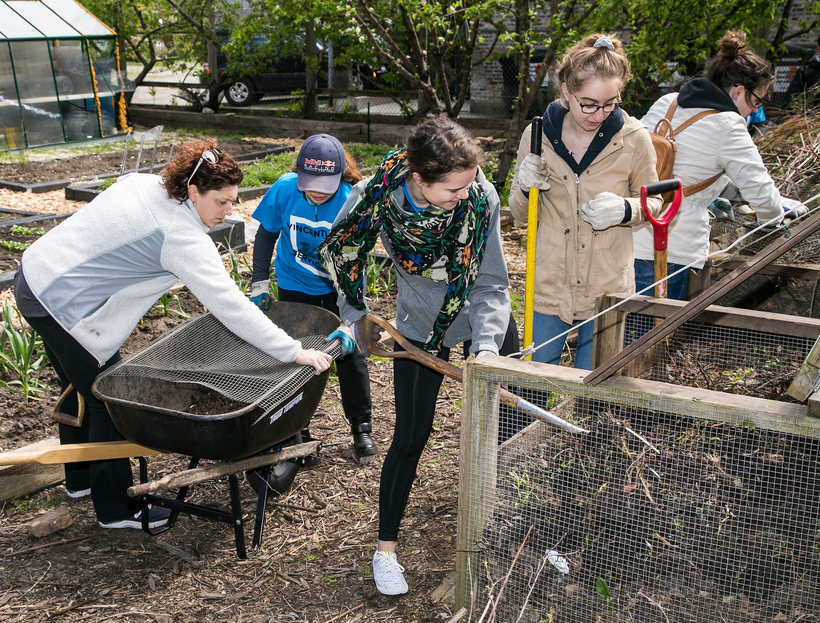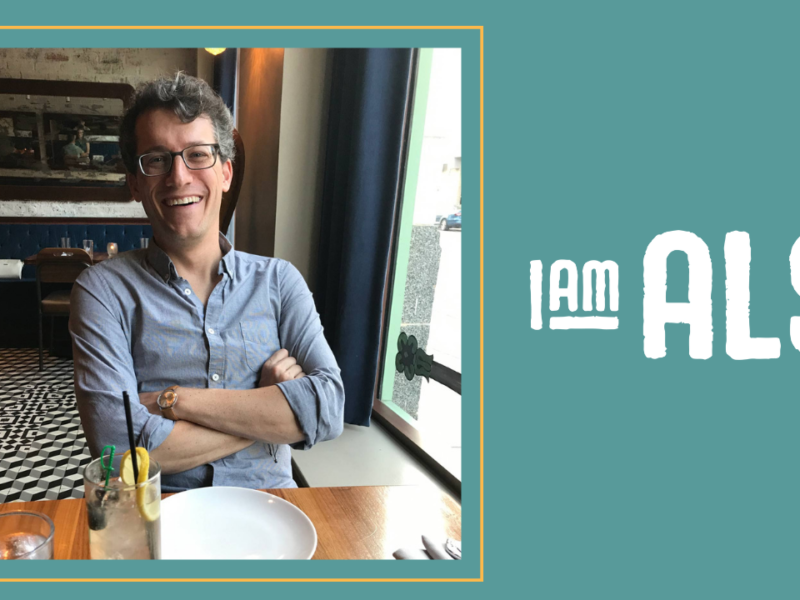
Chicago: DePaul’s Campus, and Its Community
When the DePaul Blue Demons men’s basketball team plays its home opener this fall, it will be the first time within the Chicago city limits in almost 40 years. When we asked DePaul president Dr. A. Gabriel Esteban during a recent interview why they moved back from suburban Rosemont, his answer was simple: “DePaul is Chicago, and Chicago is DePaul.” Through our conversation with him, we learned that their urban campus is interwoven into the fabric of Chicago in a lot more ways than just the building of the new Wintrust Arena with the City of Chicago and the Metropolitan Pier and Exposition Authority, which has been credited with spurring development in the South Loop.
When it was established in 1898 by Vincentian missionaries, DePaul (known then as St. Vincent’s) gave Catholic and Jewish students newfound access to college. According to Esteban, the belief was that disparity could be decreased through higher education. This ideology is alive and well in the school’s current mission, which focuses on giving students in minority communities the skills and connections they need to succeed through a service-based education. DePaul’s student population is approximately one-third people of color and a large portion of its students—again, a little more than 30 percent—are the first in their families to attend college. The university uses its position as an urban campus in the center of Chicago to give students opportunities to integrate with the professional community in ways that make a big impact.
One such initiative is DePaul’s partnership with Cinespace, a production studio where films and such shows as “Empire” and the “Divergent” series are created. DePaul has its own space within the studio, and students often work as interns on professional productions, sometimes even getting called in as extras if a scene is in need of more faces. DePaul also has a space at the cutting-edge technology incubator 1871, allowing students to network with some of the city’s most technologically advanced entrepreneurs. “We’re transforming the lives of young men and women who would otherwise not have this opportunity, if they weren’t in college,” Esteban says. But by integrating these previously underserved students into professional environments around Chicago, they’re also transforming the city itself.
For instance, recognizing the growing need for healthcare professionals, DePaul partnered with the Rosalind Franklin University of Medicine and Science (RFUMS) to provide a mentorship and accelerated admission program. It allows DePaul students to access opportunities at RFUMS such as becoming research assistants, while also saving them a full year of college, which can be vital to a student population in which 70 percent of enrollees receive financial aid. Students graduate with a year’s less debt, and Chicago benefits from having more qualified people ready to start a career in health and medicine. Esteban also sees a connection to DePaul’s mission of helping underserved populations—not only does the program allow these students access to good jobs in the quickly growing field of healthcare, but they can bring their skills into communities in need. “Your lifespan is determined by the zip code in which you live,” he notes, while speaking hopefully of how professionals who come out of the RFUMS program won’t have just medical skills, but the morals and ethics of someone who’s been brought up in the DePaul tradition of charitable work.
“Because we’re here [in the center of the city], we’re able to give back to Chicago. And we’re also able to help shape the future of Chicago, as one of the many great institutions in the city.” Esteban says. This is on full display in some of the more broad-based initiatives at DePaul, such as a commitment to help end street homelessness in Chicago in partnership with the Institute for Global Homelessness, and serving as the world headquarters of community development group the ABCD Institute.
Around 54 percent of DePaul’s alumni stay in Chicago, but most of them will have already contributed to the fabric of the city by the time they take in their last Blue Demons game in the Wintrust Arena as students. Bringing their diverse backgrounds to a diverse array of professional fields, the DePaul community is one that strengthens the city and looks out for those in need. In fact, last May, DePaul students showed this very spirit when they voted by a large margin to increase their own activity fees in order to create a scholarship fund for undocumented student recipients. “We have students who are dedicated to our mission,” Esteban says. “I hear consistently from those who employ DePaul alumni that the one thing they like the most about DePaul students is their work ethic: they’re willing to roll up their sleeves and take the initiative to help.”






